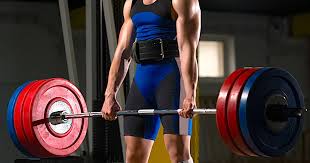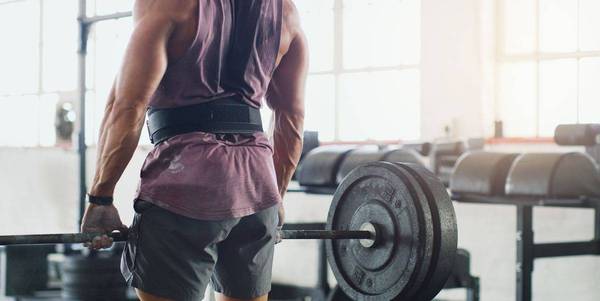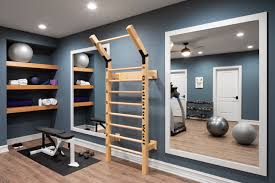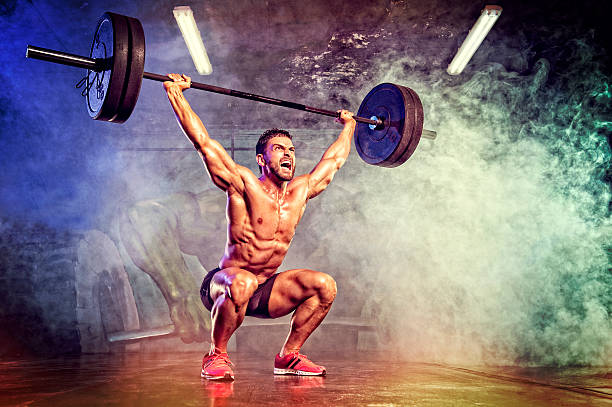From time to time, I see other people using weightlifting belts in the gym. It has long been considered by many bodybuilders to be equipment that is only needed when "has a certain training experience and lifts heavyweights", which means it is not suitable for beginners but Does the weight-bearing belt "improve core stability and make it safer when lifting weights", isn't it suitable for beginners who are unable to master the core stability when exerting force?
Does the use of a weightlifting belt have more advantages than disadvantages, or does it cause more disadvantages than advantages?
First of all, let's take a look at what is the role of the weightlifting belt and what is the principle behind it:
Why use a weightlifting belt?

A weightlifting belt is a thicker leather belt that protects the waist and back. It is used in squats, standing presses, or deadlifts. It is one of the bodybuilding terms. It is a protective device to protect waist muscles and soft tissues from injury. Because weightlifting sometimes lifts weight heavier than your body weight, you must protect your waist to prevent injury. In addition, you can maximize your body's power potential so that all your strength can be used to lift the barbell.
How the weightlifting belt works?
The weightlifting belt tightens the waist and abdomen of the user to generate external pressure (External Pressure), hoping to increase the density and firmness of the core muscles through compression. In other words, it is to squeeze your core torso by using external force. , To improve the stability of connecting the upper and lower torso, which is just mentioned: "improving core stability and making weightlifting safer."
By applying pressure from the outside to increase the density and hardness in the middle, it is an effective way to improve stability, that is, to fix a certain part of your body. But don't forget that our torso does not necessarily remain in the same position and posture during fitness training, and our breathing style will also affect the space between the weight lifting belt and the torso!
For example, many fitness beginners use chest breathing when exerting force, or contracting their abdomen when holding their breath. This will create a gap between the waist belt and the torso and completely fail to perform the weight lifting belt.
Where is the weightlifting belt?
In addition, in addition to whether the breathing method is correct, it is also necessary to consider the wearing position of the belt; some people say that it should be worn at a higher position, while others say it should be worn at a lower height. There is no certain criterion for which height to wear. The most important thing is Whether the wearing position can match the tension of the core muscles when you exert force (Bracing).
The description of Bracing in NASM Essentials of Personal Fitness Training is as follows:
Bracing is referred to as a co-contraction of global muscles, such as the rectus abdominis, external obliques, and quadratus lumborum. Bracing is also commonly referred to as a “bearing down” or tightening of the global muscles by consciously contracting them.

The co-contraction of all-around muscles, that is, a series of core muscle groups such as rectus abdominis, external oblique, and quadratus lumborum, are consciously tightened through breathing control, and then combined with a weight-bearing belt to achieve simultaneous external and internal application. Pressure, the torso pressure is raised to the extreme at the moment of acting.
"Bracing" for weightlifters is not just lip service, but a technique that can determine the outcome; perfectly executed "Bracing" coupled with wearing an appropriate weight belt, is like a diamond During the birth process, squeezed at one point from different directions at the same time with great pressure.
When do you need to wear a weightlifting belt?
Based on the amount of exercise and exercise load, the answer is different.
The following are two guidelines:
- For those exercises that do not create pressure on the lower back, you do not need a weight belt. Common exercises that do not require a weight belt include high pull-downs, bench presses, biceps curls, and leg extensions.
- When practicing, when the pressure acting on the back includes the maximum load or the approximate maximum load, be sure to wear a weight-bearing belt. When using the waist belt, wrap the waist belt tightly around the waist.
How to choose a weightlifting belt?
If you decide to use a weight-bearing belt but don't know how to choose, here are three basic types of belts for your reference.
Traditional belt
Traditional belts are made of leather, and the backside is wider than the front side. Tie and strength are similar to powerlifting belts, but not as tight, and the internal pressure provided by traditional belts is relatively small. It combines the advantages and disadvantages of a powerlifting belt and a nylon belt.
Powerlifting belt
This belt has the same front and back width and is equipped with a buckle that can adjust the elasticity. It is specially designed for powerlifting exercises, which can form amazing abdominal pressure. The increased abdominal pressure will make the body more stable and allow the wearer to lift more weight.
Nylon belt
Such belts are usually made of synthetic materials. Because the hook and loop buckle is easy to untie, the abdominal pressure-formed is relatively small. The main function of nylon belts is to prevent injuries, but not to improve sports performance.


